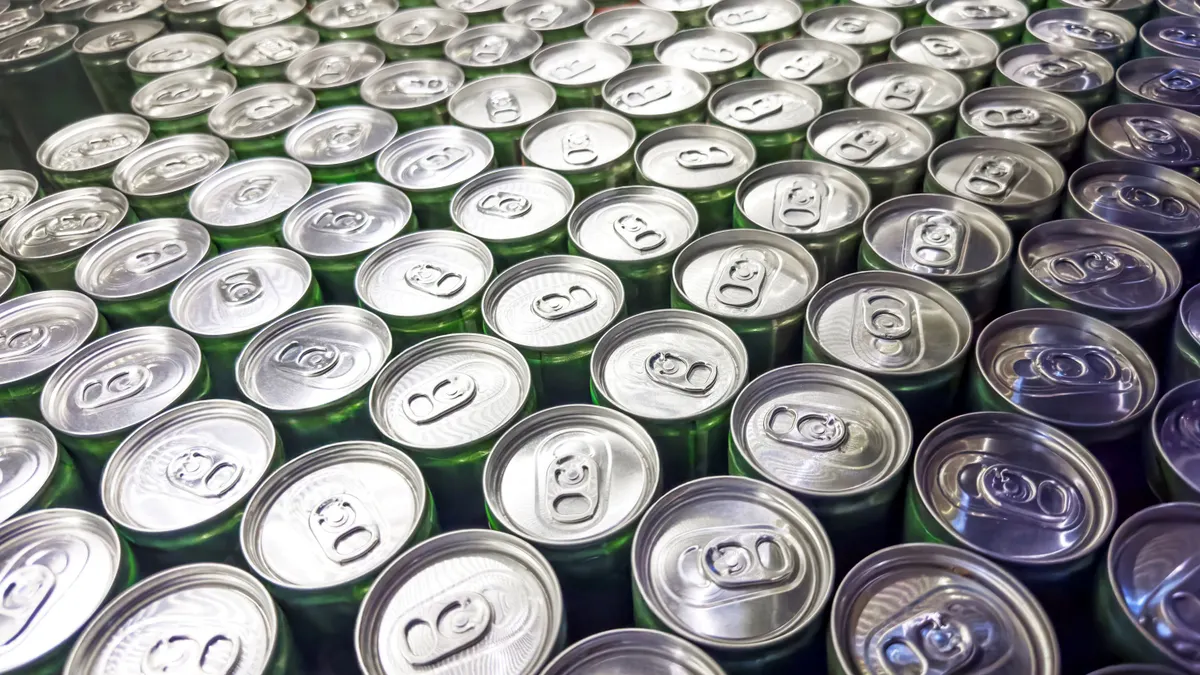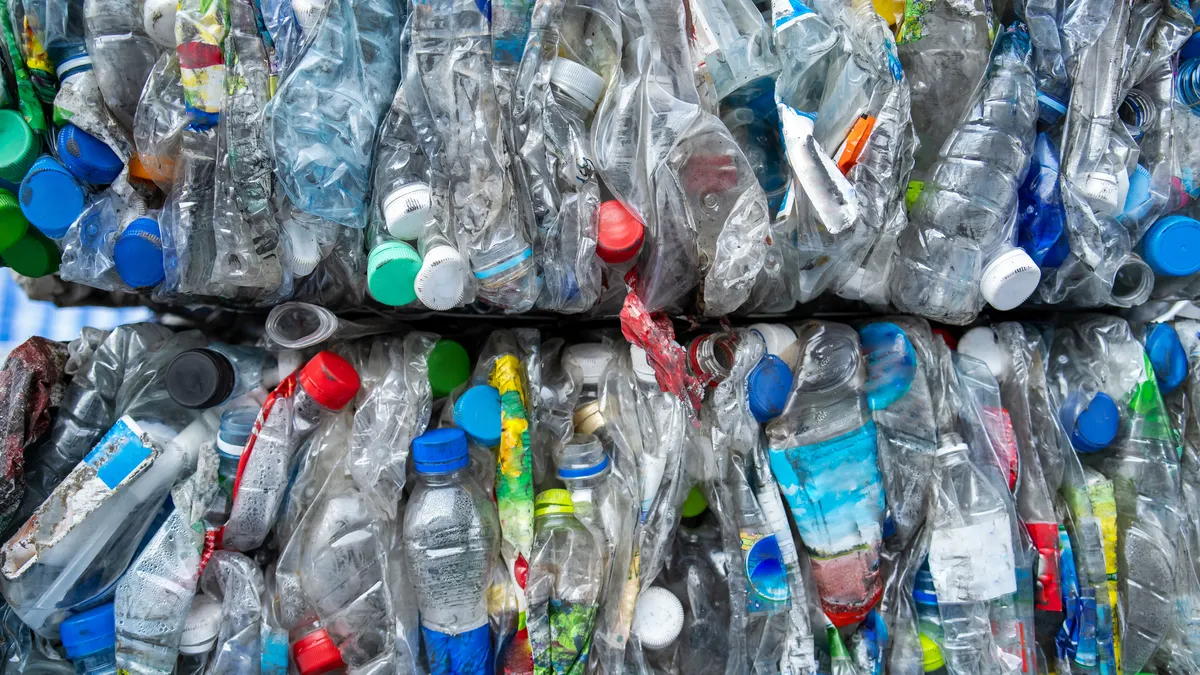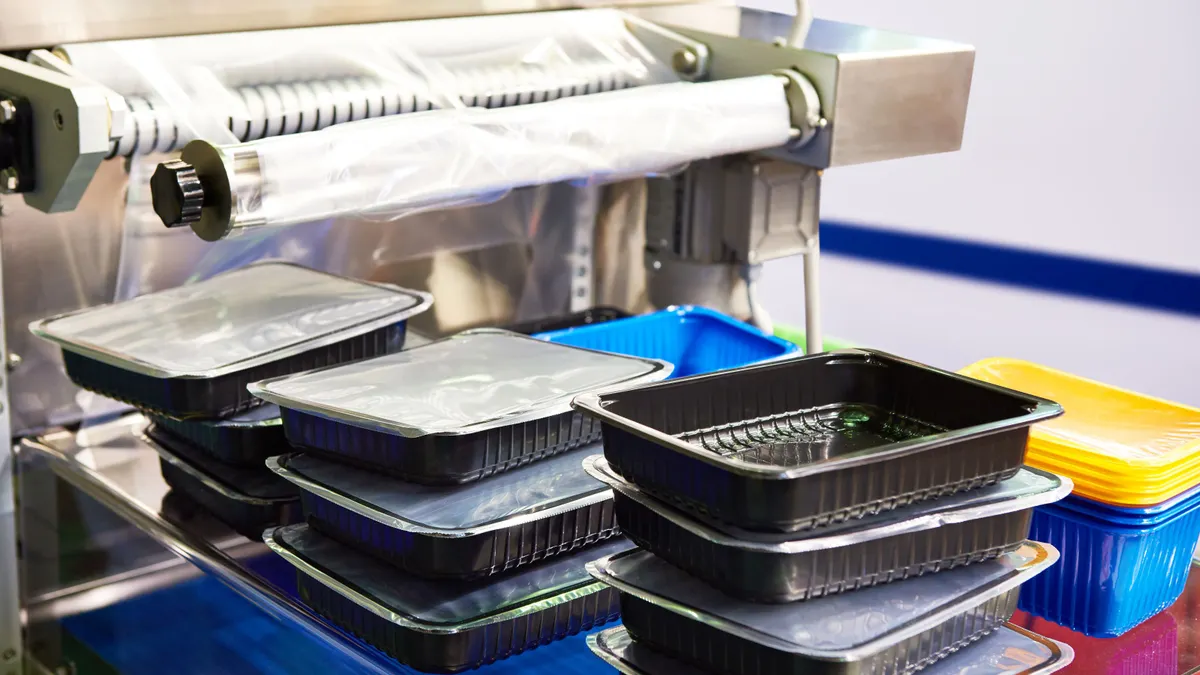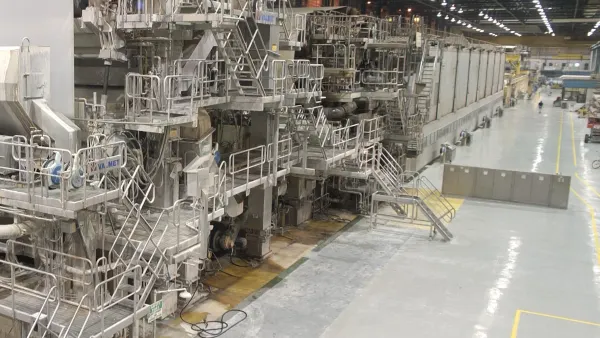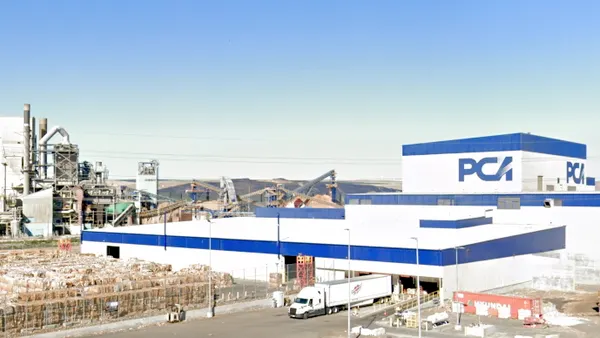Beverage packaging manufacturers and their customers continue to navigate changing tides in consumer drinking preferences, spending power and policy impacts in different geographies.
Can makers Crown Holdings and Ardagh Metal Packaging each reported some snags in the Americas in the third quarter, but growth in Europe. In the Americas, numerous companies brought up factors like weaker spending among Latino consumers and harsh seasonal weather in Brazil.
For Crown, “Following numerous quarters of above-market growth, including 10% in last year's third quarter, Americas Beverage volumes were down 5% in the quarter, the result of a 15% volume decline across Brazil and Mexico,” CEO Tim Donahue said. But Crown said October shipments had been stronger.
Donahue noted Crown has contractually passed through increased aluminum costs, which have been up 54% in the last 10 months, he said. Crown’s absolute margins have not been affected, he said.
Donahue struck a positive tone about the resilience of beverage cans in the strained environment, and he believes 2026 volumes will be up. It’s about “the experience that the consumer has with affordable pleasures in a challenging environment,” he said. “It shows the strength of the can and it shows the strength of our industry.”
Meanwhile, Ardagh saw global beverage can shipments in Q3 dip by 1% year over year, reflecting 2% growth in Europe and a 3% decline in the Americas. Its North American shipments grew by 1%, but volumes in Brazil tanked by 17%. Executives said there was weakness in both beer and soft drinks.
“Customer demand for nonalcoholic beverages in cans in North America remains strong. And as such, we maintain our guidance for full-year North America shipments of a mid-single-digit percentage growth,” said CEO Oliver Graham on the company’s earnings call. Specifically, Ardagh Metal Packaging expects full-year volume growth of 3%. “The beverage can continues to outperform other substrates in our customers' packaging mix,” he said.
Ardagh has some projects in the works in the coming quarters to retrofit lines to be more adaptive to different can sizes.
Beverage market trends
Market research firm Circana projected in early 2025 that nearly half of Americans planned to drink less alcohol this year. Multiple major beer distributors have recently announced changes to adapt.
Molson Coors announced a significant corporate restructuring that involves cutting 400 roles, or 9% of salaried positions across its Americas business, by end of year. Going forward, the company will focus further on “expansion into adjacent categories, such as premium mixers, non-alcohol beverages and energy drinks.”
Constellation Brands, which sells products like Modelo, noted a “difficult socioeconomic environment that dampened consumer demand across the industry” in the recent quarter. Volumes declined, dinging net sales by 7% and the beer business by close to 3%.
Likewise, Heineken saw overall sales decline during the recent quarter, with Q3 net revenues falling more than 5% in the Americas, where beer volumes dropped by more than 7%. But when it comes to packaging, cans are the consumer-preferred format, “and that's where we see where the growth is at this moment in time,” said CFO Harold Broek on an earnings call.
In non-alcoholic markets like soft drinks, energy drinks and protein drinks, beverage giants repeatedly referenced price pack architecture on recent earnings calls.
“While the overall environment has continued to be challenging, we’ve stayed flexible — adapting plans where needed and investing for growth,” said Coca-Cola CEO James Quincey in the company’s earnings release this month, which showed Q3 revenues up 5%.
Coca-Cola noted multiple strategic pack experiments during its earnings call. In Brazil, it trialed duo packs for Coca-Cola Zero Sugar, “further linking the brand to the meals occasion,” said Chief Operating Officer Henrique Braun.
Additionally, “we're also pleased with the introduction of packaging architecture that are addressing that pressure that the consumers have on their daily disposable income,” Braun said. Coca-Cola is “pivoting accordingly” and working with bottlers to adapt to the consumer landscape. Coca-Cola recently expanded its mini can offerings, which represent $1 billion in revenue, Braun noted.


